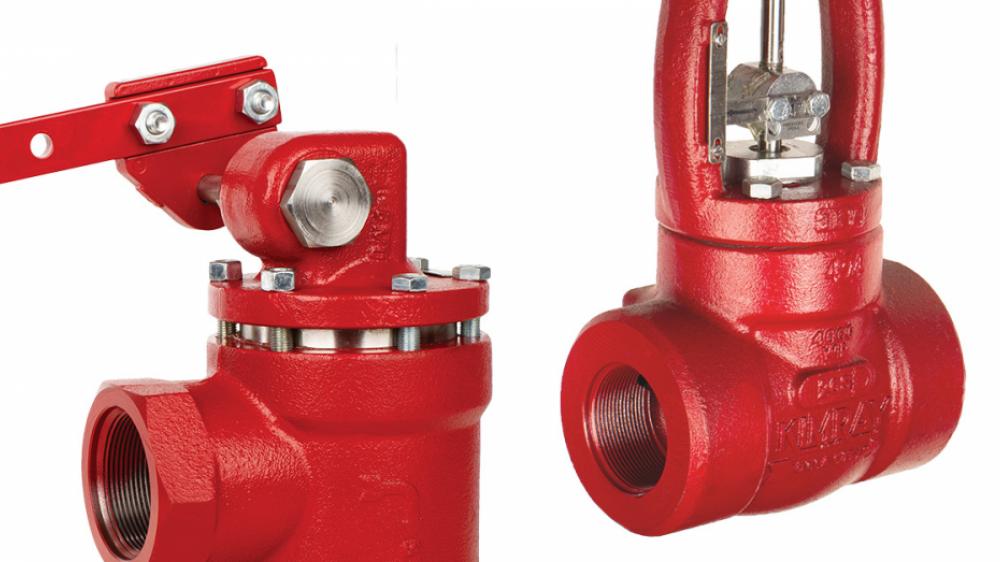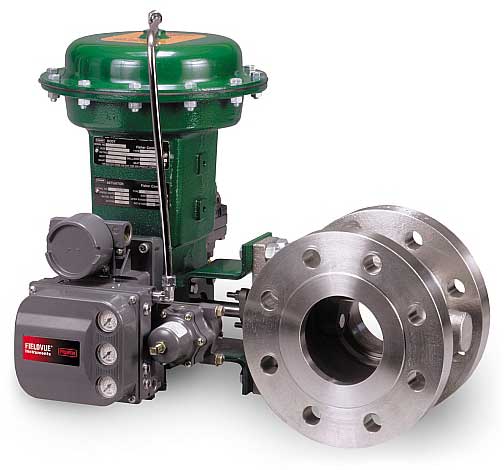How Control Valves Influence Power Efficiency in Industrial Settings
How Control Valves Influence Power Efficiency in Industrial Settings
Blog Article
Achieve Seamless Assimilation and Control With High Quality Structure Automation Controls
In the realm of modern-day structure monitoring, the significance of quality building automation controls can not be overstated. As technology continues to development, the combination and control of numerous systems within a building have advanced to be much more efficient and sophisticated. The smooth operation and monitoring of illumination, A/C, safety, and various other building features have actually ended up being paramount for boosting occupant convenience, energy performance, and general operational efficiency. Nevertheless, the journey in the direction of attaining real assimilation and control is a multifaceted one, with factors to consider varying from system compatibility to cybersecurity. Welcoming quality structure automation controls is not simply a matter of convenience however a tactical critical for organizations aiming to enhance their centers' efficiency and sustainability.

Advancement of Building Automation Controls
Throughout the past couple of years, the advancement of constructing automation controls has considerably transformed the way buildings are handled and run. Constructing automation systems mainly concentrated on standard functions such as regulating ventilation, air, and heating conditioning (HEATING AND COOLING) systems. Nevertheless, as technology advanced, these controls have ended up being more innovative, permitting a larger series of structure systems to be incorporated and taken care of centrally.
The development of developing automation controls has actually seen a change in the direction of even more smart systems that can adapt to transforming conditions in real-time. This adaptability is essential for enhancing energy performance and ensuring owner comfort. In addition, contemporary structure automation controls currently use functions such as anticipating maintenance, remote tracking, and data analytics, allowing center supervisors to make data-driven decisions to enhance structure efficiency.

Advantages of High Quality Assimilation
The improvement in structure automation controls in the direction of even more smart systems has actually underscored the significant advantages of top quality assimilation in maximizing structure procedures and improving total effectiveness. This central control likewise offers far better exposure and insights right into building efficiency, making it possible for proactive maintenance and optimization methods. In general, the advantages of high quality integration in structure automation controls are obvious, using increased performance, convenience, and functional effectiveness.
Boosted User Experience and Ease Of Access
Enhancing user interaction with structure automation regulates with instinctive style and boosted access elevates the total experience for owners and facility managers alike. By focusing on individual experience, building automation systems can become much more reliable and straightforward. Intuitive user interfaces, clear navigation, and personalized settings encourage users to engage with the controls conveniently and effectively.
Availability features play an essential duty in making sure that all individuals, including those with handicaps, can use the structure automation regulates with ease. Incorporating functions such as voice commands, responsive switches, and color-contrasted displays can improve access and make the controls much more comprehensive.
Additionally, enhanced individual experience leads to greater individual satisfaction, enhanced performance, and better decision-making. Occupants can readjust ecological setups according to their choices, while center supervisors can efficiently handle and keep an eye on building systems - control valves. In general, prioritizing individual experience and access in building automation controls adds to an extra seamless and productive structure atmosphere for all stakeholders included
Lasting Practices Via Automation

Additionally, automation can facilitate the integration of renewable resource sources such as photovoltaic panels or wind generators into building operations. By automatically adjusting energy use based upon the accessibility of renewable resource, buildings can additionally minimize their reliance on non-renewable sources. This smooth combination of lasting practices not just benefits the environment but additionally improves the general functional effectiveness and cost-effectiveness of the structure. With automation, structures can line up with modern-day sustainability goals and add to a greener future.
Future Trends in Building Control Equipment
One popular pattern shaping the future of structure control systems is the boosted integration of Artificial Knowledge (AI) and machine discovering. In addition, the Internet of Things (IoT) is reinventing building control systems by attaching devices and sensors to simplify operations and boost efficiency.
One more essential pattern is the focus on cybersecurity steps to protect against potential threats to developing automation systems. As structures become more interconnected, making certain durable cybersecurity procedures will certainly be check out this site vital to guard delicate information and protect against unapproved accessibility.
Additionally, the change towards cloud-based platforms is obtaining energy, permitting systematized control and remote access to structure systems. This assists in easier surveillance, maintenance, and updates, boosting the total performance and flexibility of structure control systems. As technology remains to advance, these trends are expected to shape the future landscape of structure automation controls, driving innovation and sustainability in the developed setting.
Conclusion
Future trends in structure control systems are most likely to concentrate on additional improving automation abilities for enhanced energy performance and total efficiency. It is essential for building owners and operators to prioritize the adoption of quality building automation controls to maximize structure operations and accomplish long-term sustainability goals.
In the world of modern structure management, the relevance of top quality building automation controls can not be overemphasized. In general, the development of building automation manages proceeds to drive advancement in the building monitoring industry, using brand-new website link possibilities for creating smarter and a lot more sustainable structures.
The advancement in structure automation controls in the direction of even more smart systems has actually highlighted the substantial advantages of high quality integration in maximizing structure procedures and improving total effectiveness. On the whole, focusing on customer experience and ease of access in structure automation manages contributes to a more seamless and efficient building setting for all stakeholders involved.
It is vital for building proprietors and drivers to focus on the adoption of top quality building automation manages to optimize structure operations and achieve long-lasting sustainability objectives. - control valves
Report this page